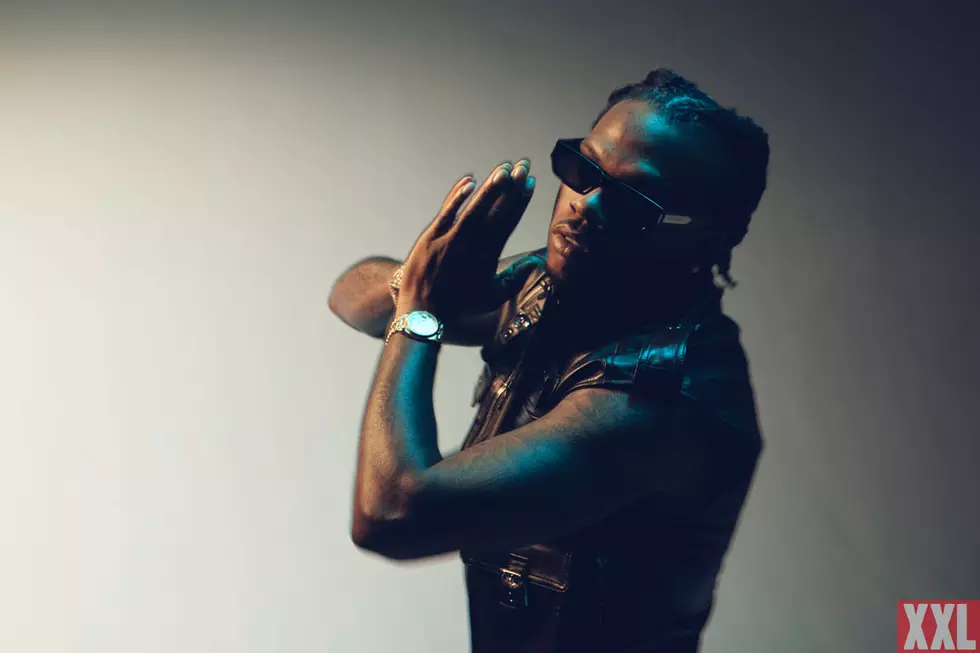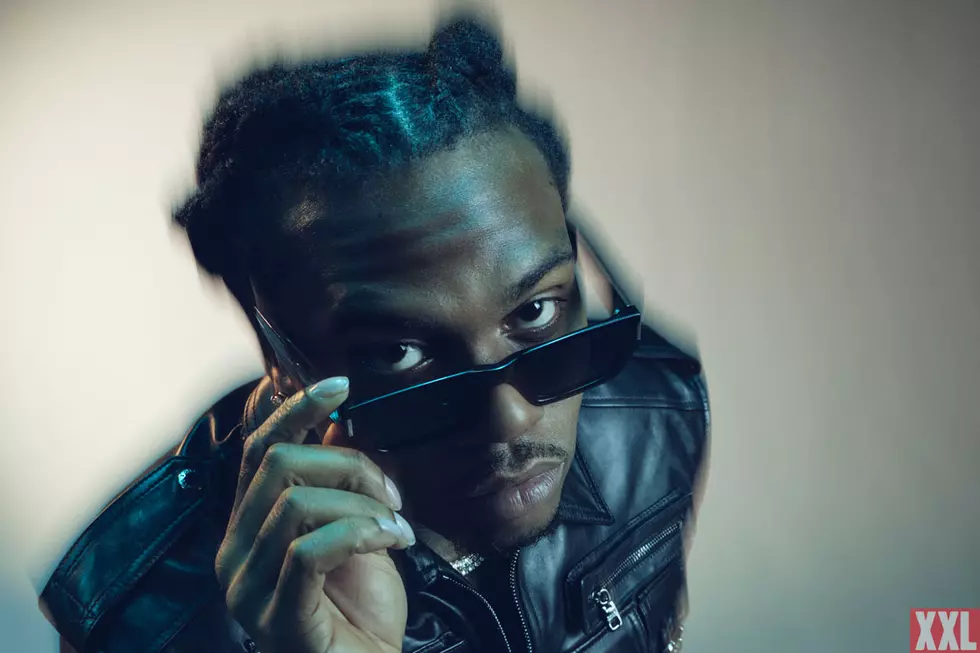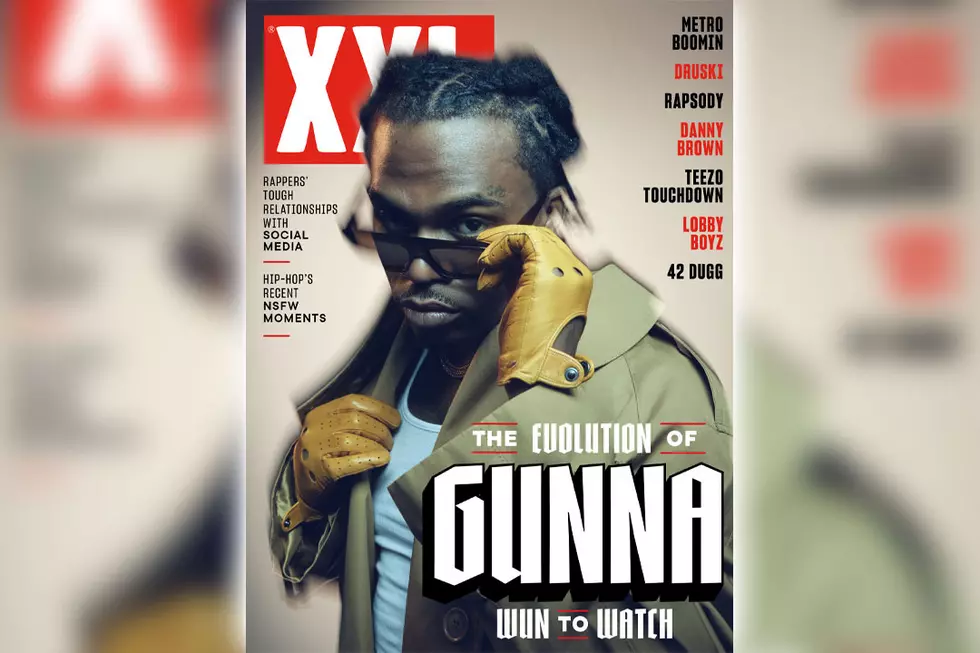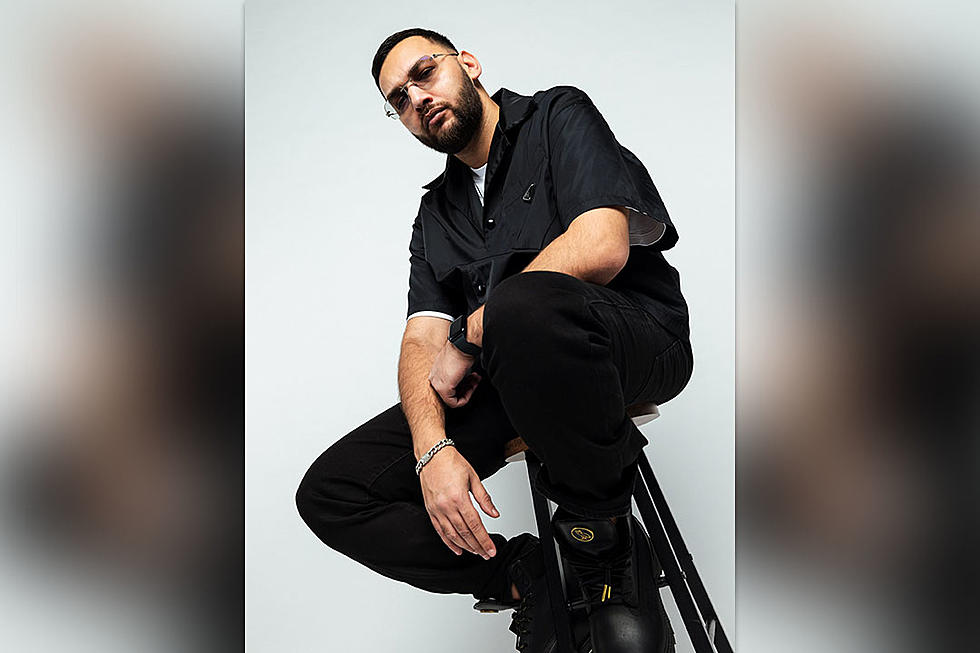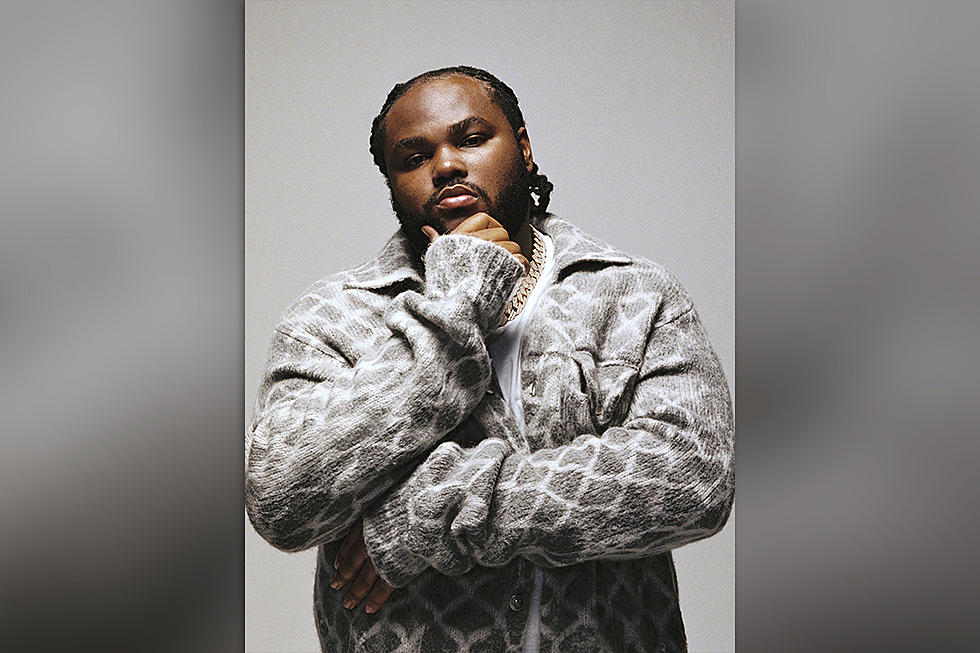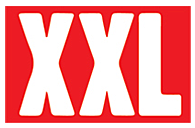
L.A. Indie Label Funk Volume Survives And Thrives – XXL Issue 151
New Rules
Determined to do it their way, Los Angeles-based record label Funk Volume has figured out how to survive and thrive in hip-hop. Independent or die!
Words Tzvi Twersky
Images Tommy Garcia
Editor’s Note: This story originally appeared in the October/November 2013 issue of XXL Magazine.
In January 2013 Las Vegas rapper Dizzy Wright won the “People's Champ” poll on XXLMag.com and was named the 10th member of XXL’s 2013 Freshman Class. Dizzy didn't come from a major hip-hop city, and he hadn't yet garnered any mainstream love, but what he did have was much more important: a large and vocal fanbase, which he built as an artist signed to Funk Volume. The Los Angeles-based independent label was no stranger to the XXL Freshmen hubbub as Funk Volume’s founder, Hopsin, was a part of the Class Of 2012.
Since its inception five years ago, Funk Volume has not only had two of its artists become XXL Freshmen, the label has also built a significant hip-hop brand with a growing following thanks to the help of their roster, which also includes Jarren Benton, SwizZz, Kato, Rikio and DJ Hoppa. “Some [rappers] make it seem like they’re not human any more, like they’re not regular,” says Hopsin via phone this June. “We’re not about that. You might see us buying Now & Laters at the gas station or pissing in a McDonald’s bathroom. We’re just normal guys.”
That mentality might not exactly serve as a basis for Funk Volume’s success as they’ve gone from a label that only existed in Hopsin’s head in 2008 to a popular, forward-thinking small business with two Freshmen, two buzzing artists and lucrative national and international tours completed in 2013. It certainly is a major factor, though, as Funk Volume has proved that it’s a label hip-hop shouldn’t be sleeping on, one that seems to be just getting started.
Quick-witted lyricist Hopsin entered the industry in 2007 as an artist at the famed Ruthless Records, which was trying to make a comeback led by Eazy-E’s widow, label owner Tomica Wright.
Hopsin parted ways with Ruthless two years later in a messy split, angry over the delayed release and lack of promotion of his debut LP, 2009’s Gazing At The Moonlight. The previous year, during tense times with Ruthless, Hopsin began to focus on his own label, Funk Volume, so by the time of the split, he had his own project in motion. To this day Hopsin, still leery of his experience with Ruthless Records (which has been a target in several of his songs), is determined to keep Funk Volume independent so he can play by his own rules. He’s turned down major-label opportunities, even refusing to return calls from label heavyweights or
take meetings.
In 2008 Hopsin brought Damien “Dame” Ritter, who had recently been laid off from Deloitte Consulting in Chicago, on board as CEO and co-founder. He also signed the label’s first artist, SwizZz, Ritter’s younger brother who went to school with Hopsin. By 2010 Funk Volume had dropped Hopsin’s second album, Raw, the label’s first official release. Soon Funk Volume was touring around the country and Hopsin was getting known for his energetic, crowd-pleasing performances. “When I saw the fans and how they responded to Hop, I was like, ‘Goddamn,’” says Dizzy Wright, who Ritter first spotted online then signed in early 2012. “I had never seen anyone put on a show how they put on, just really working with each other. I think that is what kind’ve sealed the deal.”
Atlanta rhymeslinger Jarren Benton, who signed later that year, tells a similar story. “Dame said, ‘Come check a show out in Arizona.’ I’m sitting outside, and the line is wrapped around the building. I thought, ‘No way this shit is for Hopsin!’ The fanbase really caught me.”
Once they’re signed to Funk Volume, the artists have in their corner a creative, hands-off leader in Hopsin, a dedicated day-to-day manager and CEO in Ritter and a growing platform working on their behalf. From a music standpoint, though, not much changes. Outside of a group conference call every Tuesday, where the rappers talk studio sessions and video shoots and Ritter updates them on show schedules and money and merchandise, the businessman handles the business while the rappers handle the rap.
“Whatever you put into Funk Volume is what you’ll get back,” says SwizZz. “It’s up to the artist, really.”
It’s August, and a highly productive summer is coming to an end for Funk Volume. While a cost-conscious Ritter has spent the bulk of the third quarter of the year focused on increasing profitability (“there’s new revenue streams popping up—YouTube being a big one”), the artists have been busy creating. In July, Benton released his debut album, My Grandma’s Basement, which peaked at No. 152 on the Billboard 200. Later that month, Hopsin announced a release date (November 26) for his long-awaited album, Knock Madness. In August, Wright released his well-received mixtape, The Golden Age. All the while, each of them—as well as a slow-burning SwizZz—dropped multiple videos, performed on many stages and engaged their hundreds of thousands of fans on social media. The idea is to make the interaction feel nonstop, to always leave the label’s ravenous fans feeling connected, if not in person than at least 140 characters at a time. “As far as fans, we’re not that hard to reach,” says Hopsin. “That’s what separates Funk Volume from a lot of other dudes.”
Ritter agrees and eagerly explains how Funk Volume created such a dedicated social networking fanbase (powerful enough to help vote Dizzy into the Freshman Class). “We constantly built, organically and slow, to this point. We didn’t just have 190,000 [Facebook] fans come out of nowhere. We had 5,000, and we went to 10,000. Around the time we toured for the first time, it went 20, 30, 40,000. Tech N9ne and Hopsin [collaborating on “Am I A Psycho” in 2012], XXL [Freshmen] covers, we’re at 100,000. We have a real connection to fans… To me, it’s not magic: These guys are talented as shit, the platform is getting bigger and bigger,” says Ritter. “Now that we have momentum, I can never see it stopping.”
24/7/365.?
More From XXL
